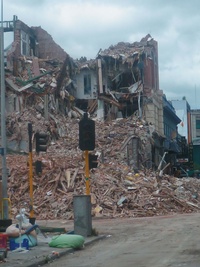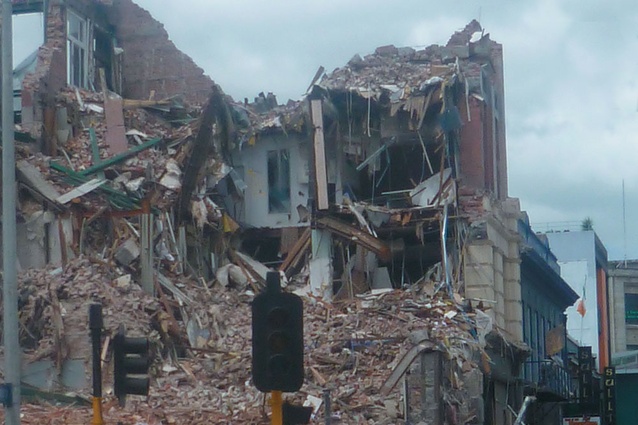Heritage buildings in the balance
Anyone who has been to Christchurch will understand the significant role heritage plays in the urban landscape of the city. The September 2010 and February 2011 earthquakes drastically changed this urban landscape. We detail below how the legal response that followed the earthquakes sought to provide for the urgent rehabilitation of Christchurch and its heritage buildings and the wide powers which that legislation provides to the Christchurch authorities.

Clause 12 of the Canterbury Earthquake (Resource Management Act) Order 2010, which was extended following the February earthquake, removes the need for the Christchurch City Council to obtain a resource consent to remove a building that is an immediate danger. This means that the removal of a heritage building, which would normally require a resource consent, can occur without the public notification which might be associated with that resource consent application.
In addition, Clause 16 of the Canterbury Earthquake (Building Act) Order 2011 exempts a territorial authority from having to apply to the Court for confirmation of a warrant it issues under the Building Act for the demolition of a building. The absence of this check on the Council’s powers by the Court reduces the accountability of the Council where heritage buildings are demolished.
Under section 39(5) of the Canterbury Earthquake Recovery Act 2011 notice need not be given to the occupier of the building of work necessary because of a sudden emergency which is likely to cause loss of life, injury, damage to property or the environment.
These provisions were designed to allow urgent remediation work in the wake of one of the most serious disasters to have faced our country, and necessarily have cut through the bureaucratic red tape which surrounds work on heritage and protected buildings. In doing so, the legislation has eroded the checks in place on the council’s power to demolish these buildings, and reduced the opportunities for the public to take matters to court where heritage buildings are demolished.
This was certainly true in the case of Manchester Courts, which was built in 1905/6 and represented one of the earliest attempts at a Chicago skyscraper style in New Zealand. A Canterbury University student (representing a group of concerned Christchurch residents interested in the preservation of heritage buildings in Christchurch) attempted to take the council to court over the demolition of these buildings. However, the degree to which Manchester Court was damaged and the immediate danger the buildings posed to property and lives meant that the case failed.
With the fate of buildings such as the gothic revival Canterbury Provincial Council Building yet to be decided, the “Earthquake Legislation” may still have a part to play in the demolition of heritage buildings in Christchurch. Every indication is that, following the earthquakes, the Christchurch City Council has done the best possible job of balancing public safety needs with the desire to protect heritage buildings. In the cases where heritage buildings have been torn down, there was no other choice and time was of the essence with people’s lives at stake.
Ultimately, whether damaged heritage buildings in Christchurch can be saved will not so much come down to a question of law but one of money. The Canterbury Earthquake Heritage Building Fund has been launched to help fund the repair, restoration and strengthening of character and heritage buildings damaged during the Canterbury earthquake. However, with only around $5 million currently pledged to the fund, its ability to save Christchurch’s heritage may be limited.










